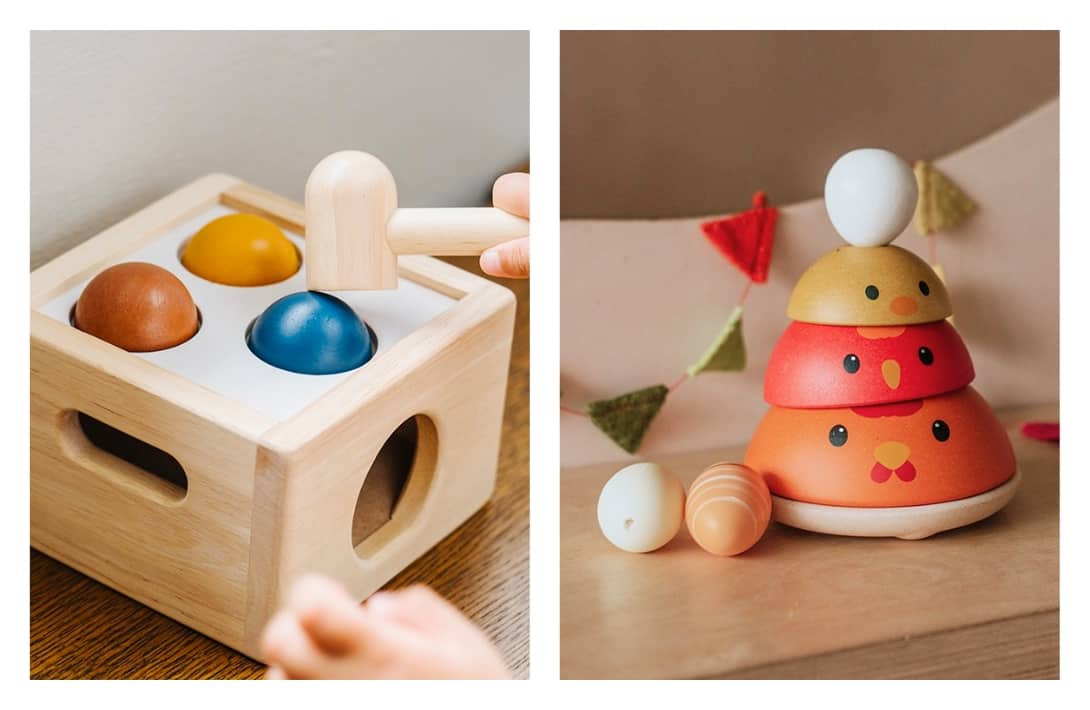In a society increasingly concerned about the environment, people’s choices in every aspect of life are undergoing a transformation. From the food they eat to the products they buy, sustainability has become a top priority. This shift towards eco-conscious living extends to toys as well. Gone are the days when plastic playthings ruled the toy chest. This article will explore the fascinating journey of sustainable toys, with a special nod to Barbie plastic as a prime example of material with environmental considerations.
The Green Revolution in Toyland
In recent years, there has been a noticeable shift in the toy industry towards sustainability. Parents and caregivers have become more aware of the environmental impact of traditional plastic toys, which often end up in landfills, contributing to pollution. This growing awareness has prompted a demand for eco-friendly alternatives that prioritize the planet without compromising on the fun and educational aspects of play.
The Charm of Wooden Classics
Wooden toys have been cherished for generations, known for their durability, timeless appeal, and safety. They are biodegradable and often crafted from sustainable wood sources, making them an eco-conscious choice.
The Barbie Plastic Predicament
To understand the evolution of sustainable toys better, it’s essential to discuss the iconic Barbie doll. Barbie, with her plastic accessories and countless outfits, has been a beloved toy for decades. However, Barbie’s materials have long been a subject of environmental concern.
The Barbie brand has recognized these environmental concerns and has started taking steps towards sustainability. They’ve introduced the “Barbie Loves the Ocean” collection, which includes dolls and playsets made from 90% recycled ocean-bound plastic. This initiative serves as an excellent example of how even industry giants are acknowledging the importance of eco-friendly materials.
The Rise of Eco-Friendly Dolls
Beyond Barbie’s efforts, a new generation of eco-friendly dolls has emerged, challenging the dominance of traditional plastic dolls. These dolls are made from sustainable materials, such as organic cotton, bamboo, and even recycled plastics, making them more environmentally responsible choices.
One notable example is the Lottie doll, which emphasizes the importance of diversity, body positivity, and environmental consciousness. Lottie dolls are made from phthalate-free, BPA-free, and non-toxic materials, ensuring the safety of children while promoting eco-friendly play.
Educational and Sustainable Play
The shift towards sustainable toys isn’t just about being kind to the environment; it’s also about fostering creativity and learning. Many eco-friendly toys are designed to be educational, encouraging children to explore the natural world, learn about recycling, and develop a deeper connection to the planet.
A Sustainable Future
As the toy industry continues to transform, it’s clear that the demand for eco-friendly toys is here to stay. Parents and caregivers are increasingly opting for toys that not only entertain but also educate children about the importance of sustainable living. This shift reflects a broader cultural change toward environmental consciousness.
Choosing Wisely
When shopping for toys, consider choosing those that are made from sustainable materials, are free from harmful chemicals, and have minimal packaging. Support brands that prioritize ethical manufacturing practices and eco-friendly initiatives. By doing so, you’re not only providing children with safe and enriching play experiences but also contributing to a greener future for the planet.
Conclusion
The evolution of sustainable toys, from the simplicity of wooden blocks to the eco-friendly dolls of today, is a testament to the growing commitment to the environment. While traditional plastic toys like Barbie have faced environmental criticism, they are now taking steps towards sustainability, setting an example for the industry. Eco-friendly toys offer a responsible and educational alternative, fostering a sense of environmental awareness in the next generation. Continuing down this path, it’s clear that sustainable toys are not just a trend but a crucial part of the commitment to a greener, more eco-conscious world. So, next time you’re shopping for toys, remember the evolution of sustainable play and choose wisely for a better, more environmentally friendly future.
